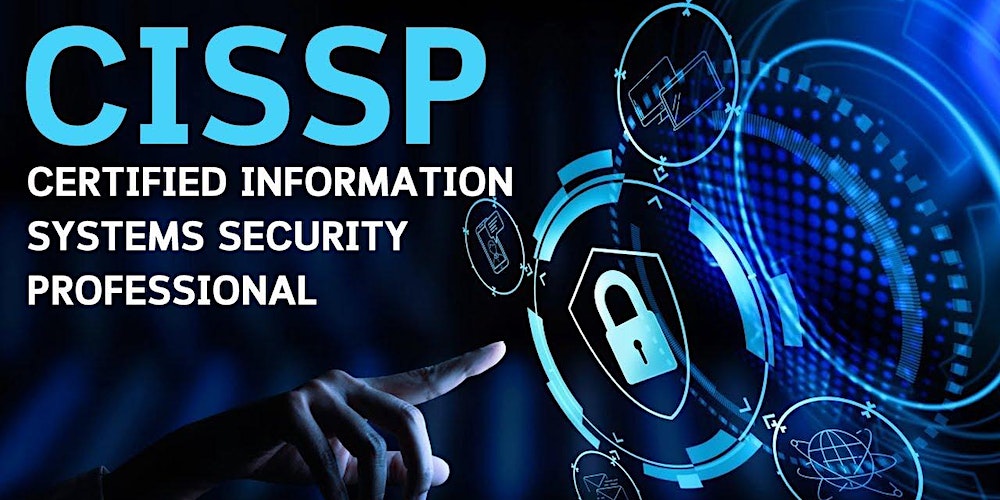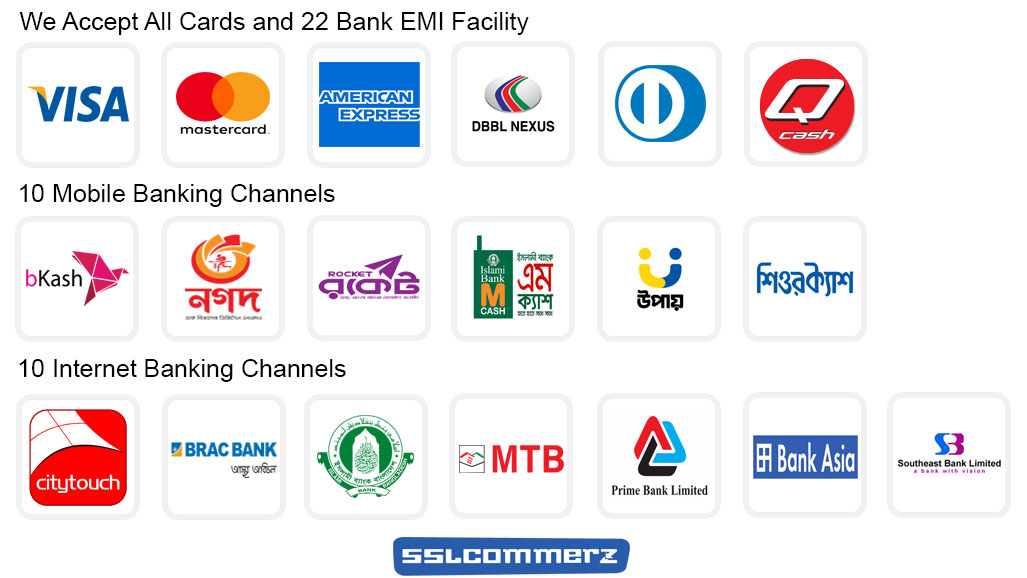Certified Information Systems Security Professional (CISSP)

CISSP (Certified Information Systems Security Professional) is an independent information security certification granted by the International Information System Security Certification Consortium, also known as (ISC)².The CISSP designation is a globallyrecognized, vendor-neutral standard attesting to an IT security professional’s technical skills and hands-on experience implementing and managing a security program. CISSP is a certification sought by IT professionals; hiring organizations often look for candidates who have passed the CISSP exam because candidates with the CISSP credential are sufficiently knowledgeable about cybersecurity to be able to pass the certification exam, and have hands-on experience and, potentially, formal CISSP training.
Course Objectives
After completion of the CISSP training course, participants will be able to:
- Understand and implement fundamental concepts related to IT security
- Line up organizational goals with the security functions and implementations
- Protect valuable assets of the organization
- Understand the concepts, principles, structure, and standards to implement, design, monitor, and secure operating systems, networks, applications, and those control necessary for maintaining CIA triad
- Understand the significance of cryptography in providing security services in the modern world
- Understand physical security elements and implement appropriate physical security protection measures
- Understand the concept of communication and network security
- Apply physical and logical access controls
- Interpret various access controls models necessary for business security
- Design test or audit strategies that facilitate the business environment
- Optimize operational capacity of an organization by deploying appropriate security countermeasure
- Identify potential risks or assess specific threats, vulnerabilities, and controls
- comprehend and protect System Lifecycle (SLC) and Software Development Lifecycle (SDLC)
Target Audience
- Chief Information Security Officer
- Chief Information Officer
- Director of Security
- IT Director/Manager
- Security Systems Engineer
- Security Analyst
- Security Manager
- Security Auditor
- Security Architect
- Security Consultant
- Network Architect
Course Pre-Requisites :
To apply for the CISSP course certification, you need to:
- Have a minimum 5 years of cumulative paid full-time work experience in two or more of the 8 domains of the (ISC)² CISSP Common Body of Knowledge (CBK)
- One-year experience waiver can be earned with a 4-year college degree, or regional equivalent or additional credential from the (ISC)² approved list.
Course Summary
Course Fee
৳ 25,000
Training Method
Offline/Online
Total Modules
8
Course Duration
42 Hours
Total Session
14
Class Duration
3 Hours

Details Course Outlines
Module-01
Security and Risk Management
- Understand and apply concepts of confidentiality, integrity and availability
- Evaluate and apply security governance principles
- Determine compliance requirements
- Understand legal and regulatory issues that pertain to information security in a global context
- Understand, adhere to, and promote professional ethics
- Develop, document, and implement security policy, standards, procedures, and guidelines
- Identify, analyze, and prioritize Business Continuity (BC) requirements
- Contribute to and enforce personnel security policies and procedures
- Understand and apply risk management concepts
- Understand and apply threat modeling concepts and methodologies
- Apply risk-based management concepts to the supply chain
- Establish and maintain a security awareness, education, and training program
Module-02
Asset Security
- Identify and classify information and assets
- Determine and maintain information and asset ownership
- Protect privacy
- Ensure appropriate asset retention
- Determine data security controls
- Establish information and asset handling requirements
Module-03
Security Architecture and Engineering
- Implement and manage engineering processes using secure design principles
- Understand the fundamental concepts of security models
- Select controls based upon systems security requirements
- Understand security capabilities of information systems (e.g., memory protection, Trusted Platform Module (TPM), encryption/decryption)
- Assess and mitigate the vulnerabilities of security architectures, designs, and solution elements
- Assess and mitigate vulnerabilities in web-based systems
- Assess and mitigate vulnerabilities in mobile systems
- Assess and mitigate vulnerabilities in embedded devices
- Apply cryptography
- Implement site and facility security controls
- Apply security principles to site and facility design
Module-04
Communication and Network Security
- Implement secure design principles in network architectures
- Secure network components
- Implement secure communication channels according to design
Module-05
Identity and Access Management (IAM)
- Control physical and logical access to assets
- Manage identification and authentication of people, devices, and services
- Integrate identity as a third-party service
- Implement and manage authorization mechanisms
- Manage the identity and access provisioning lifecycle
Module-06
Security Assessment and Testing
- Design and validate assessment, test, and audit strategies
- Conduct security control testing
- Collect security process data (e.g., technical and administrative)
- Analyze test output and generate report
- Conduct or facilitate security audits
Module-07
Security Operations
- Understand and support investigations
- Understand requirements for investigation types
- Conduct logging and monitoring activities
- Securely provisioning resources
- Understand and apply foundational security operations concepts
- Apply resource protection techniques
- Conduct incident management
- Operate and maintain detective and preventative measures
- Implement and support patch and vulnerability management
- Understand and participate in change management processes
- Implement recovery strategies
- Implement Disaster Recovery (DR) processes
- Test Disaster Recovery Plans (DRP)
- Participate in Business Continuity (BC) planning and exercises
- Implement and manage physical security
- Address personnel safety and security concerns
Module-08
Software Development Security
- Understand and integrate security in the Software Development Life Cycle (SDLC)
- Identify and apply security controls in development environments
- Assess the effectiveness of software security
- Assess security impact of acquired software
- Define and apply secure coding guidelines and standards
